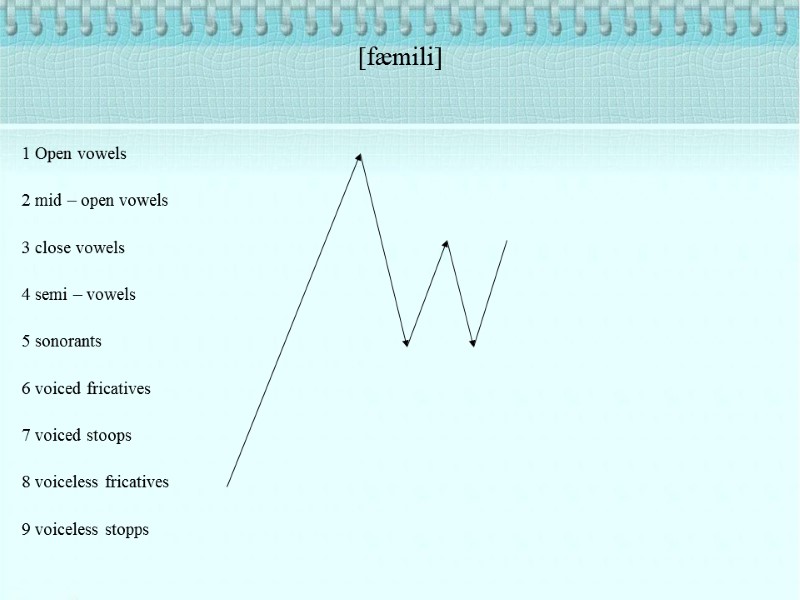
Music composed without a key or tonal centre. The effect on how the note is played (eg phrase mark, staccato, slur, accent and legato etc). ArpeggioĪ type of broken chord in which the notes that compose a chord are played or sung in an ascending or descending order (eg an ascending arpeggio of a C major chord is C, E and G). An aria is usually sung after a recitative.
DEFINITION OF SONORITY IN MUSIC FULL
AriaĪ composition for solo voice, usually contained within a larger musical work and which may be accompanied by instruments or a full orchestra (eg oratorios, operas). Specified genres, styles and traditions of music that must be studied. ArcoĪn instruction given to string players to use the bow. Arch-shapeĪ structure of contrasting sections in the form A-B-C-B-A. Annotationĭiagrams, screenshots and written notes showing how the piece was composed, including aspects such as the use of instruments, harmonies, key etc. AntiphonyĪ musical texture in which the musical ideas are passed between different groups of instruments or voices. AnthemĪ vocal piece that has special importance for a particular group of people or a country, often performed on a special occasion (eg Coronation anthems). AnacrusisĪ note or sequence of notes which precede the first strong beat of a musical phrase, particularly at the start of a piece. Pieces written with an instrumental or vocal part designed to support or complement the melody. In DJing, this refers to vocal-only tracks. The performance by a singer or a singing group without instrumental accompaniment. The chords are based on I, IV and V (eg jazz, rock, R&B etc).


A 12-bar blues progression is composed of three four-bar phrases, whilst a 16-bar blues progression is composed of four four-bar phrases.


 0 kommentar(er)
0 kommentar(er)
